Student project from AET6004 Design and Development Across Learning Environments, Victoria University, 2022
'Content Design Heroes' is designed for in-house marketing/communications teams in organisations undergoing digital transformation. Its design principles are drawn from the Universal Design for Learning (UDL) framework, which facilitates the design of engaging and inclusive workplace learning.
The modes of delivery include self-paced online learning modules (offering flexibility of location and time) and virtual workshops (offering flexibility of location). These support the UDL principle of engagement through 'designed flexibility'.
The course design also incorporates specific elements recommended by the UDL guidelines:
▪️ relevance, value and authenticity: using authentic examples and material wherever possible throughout the course, including from the learners’ own organisation
▪️ multiple media for communication: learning objects incorporate a variety of textual, audiovisual and interactive elements, with accessibility a key consideration
▪️ multiple ways for learners to interact with each other and the facilitator: in virtual meeting spaces, collaboration tools, online discussion boards and face-to-face
▪️ guided options for learners to set their own goals and reflect on their progress: in the introductory quiz, shared Miro board activities, and learner feedback surveys.
Examples of interactive elements
Dialog cards
I developed a series of 'Hero Tips' to appear throughout the course. These highlight key concepts and prompt learners to reflect on their own experience and knowledge.
View the interactive versions on H5P.org: H5P dialog cards

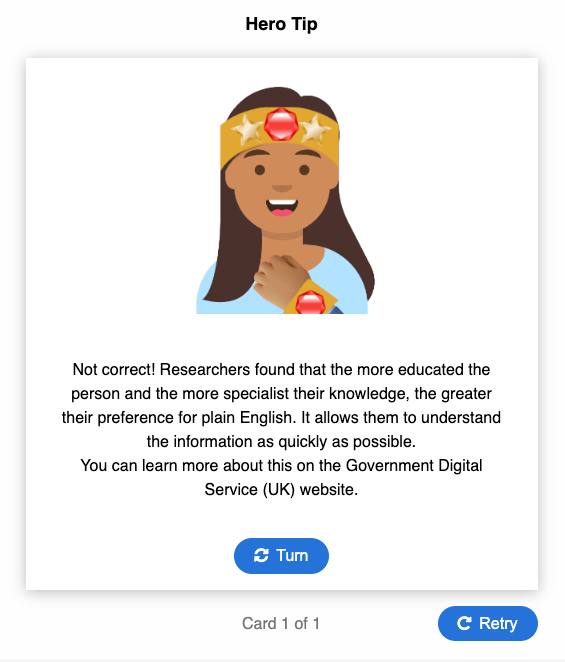
Quizzes
The course design incorporated a short 'knowledge check' quiz after each self-paced learning activity.
View the interactive version on H5P.org: H5P quiz
Screenshot from a 'Knowledge check' quiz
Miro board
I designed a shared Miro board where learners would identify and track their learning goals throughout the course - similar to the way a kanban board is used in Agile projects. The course design included a page with detailed instructions that learners could refer to at any point.
Screenshot from course content in VU Collaborate.
Surveys
The course design included a series of surveys (developed in Google Forms).
The introductory survey canvassed learners’ existing knowledge, and was followed by shorter surveys after each session, including feedback questions.
Examples of resources
Badges
I developed these visual assets in Canva to match the existing Brightspace badge style.
Learners were awarded badges for contributing to online discussions and viewing extra learning resources, as well as for completing each module of the course.
Presentation slides
In my course design, slide decks are one of the resources that support learners' understanding and engagement in their synchronous online classes.
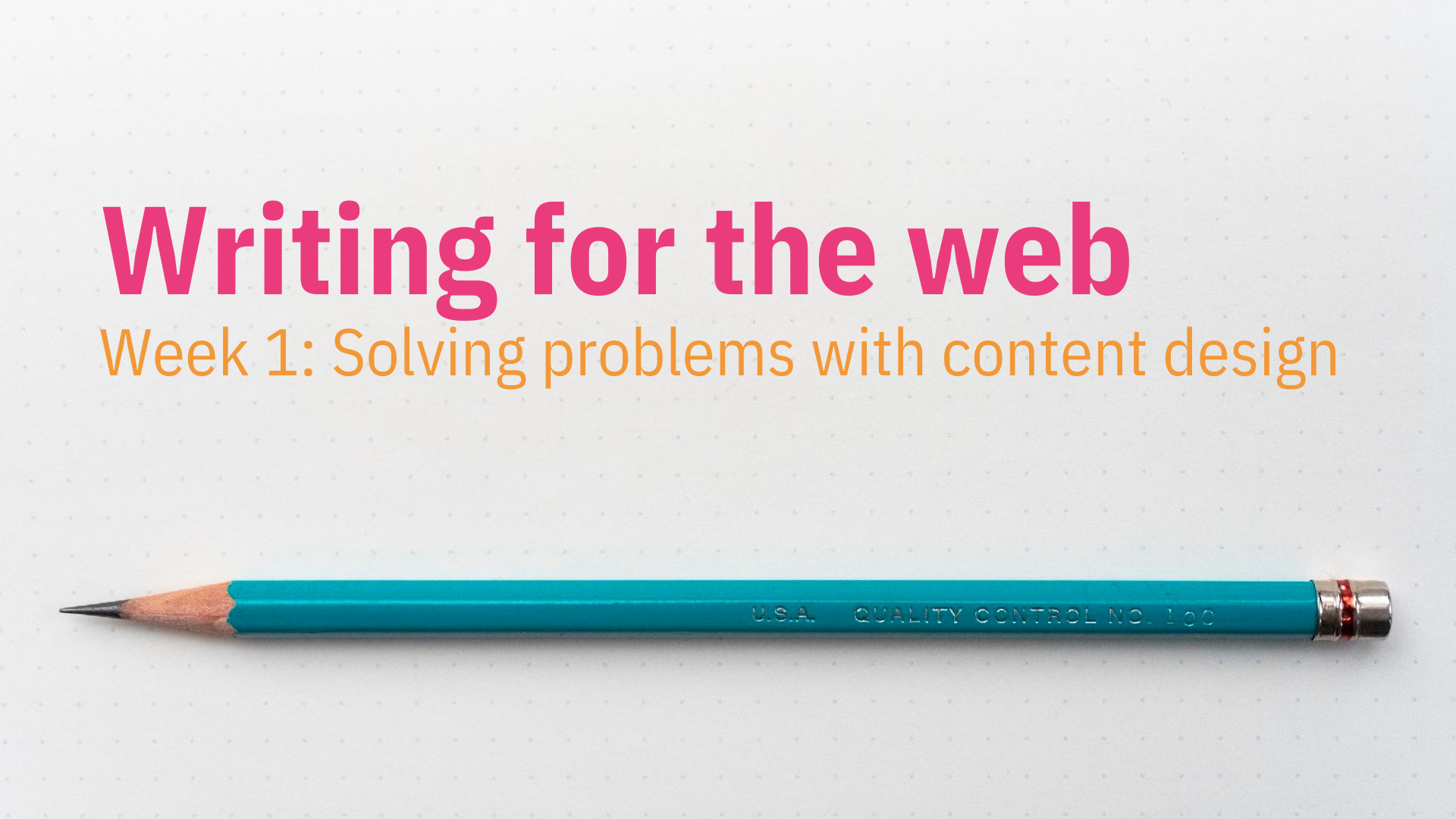
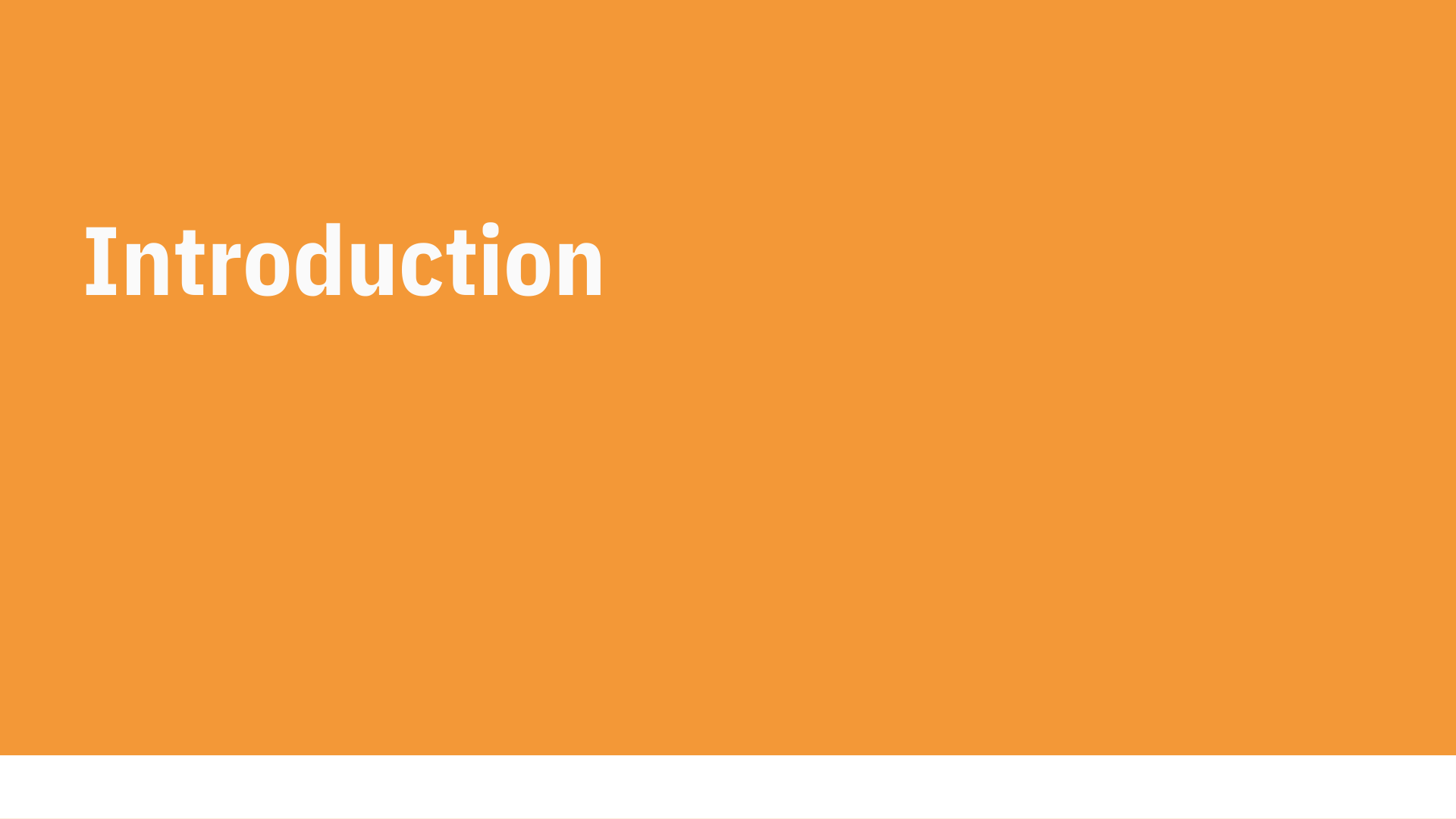
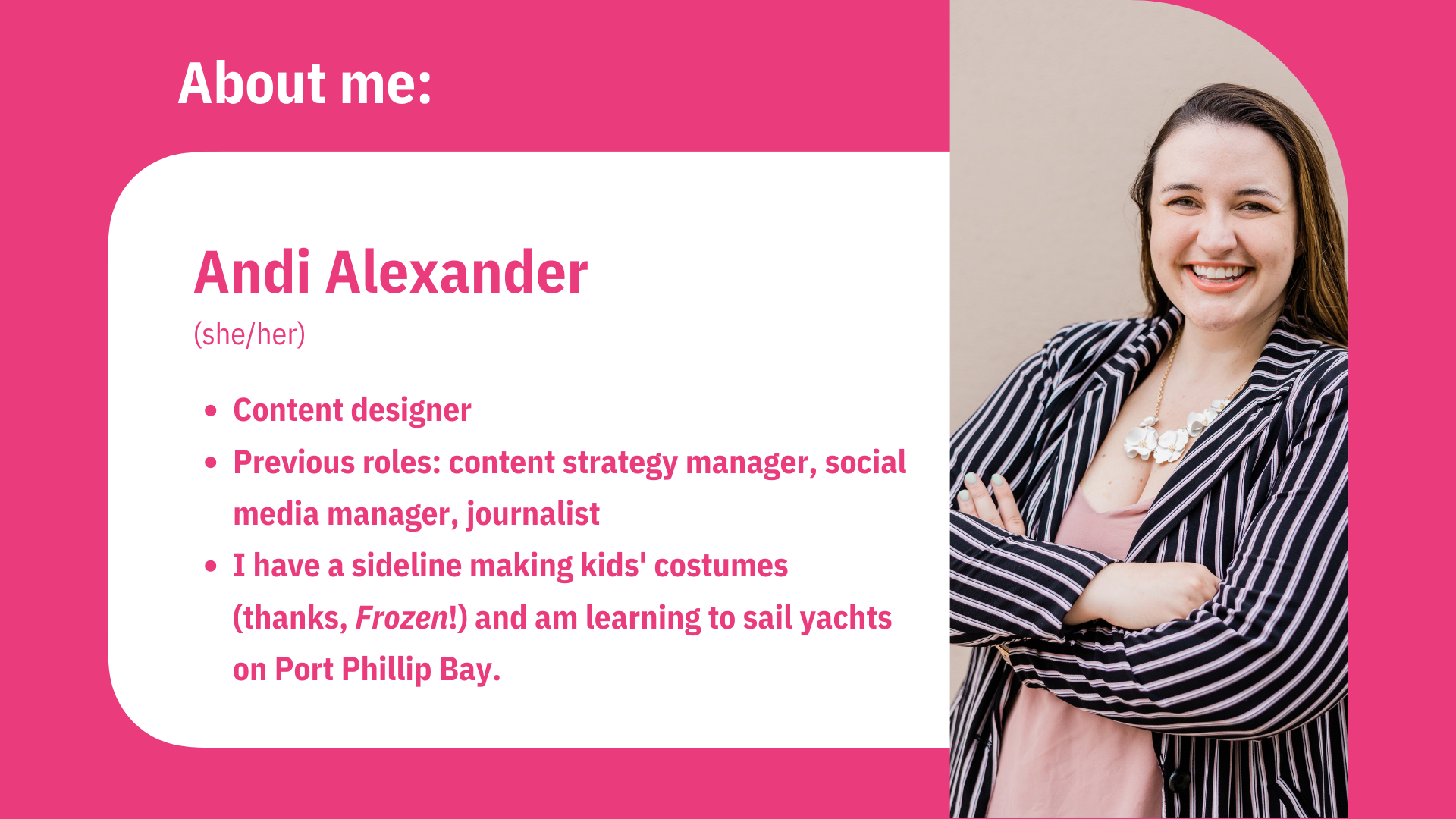
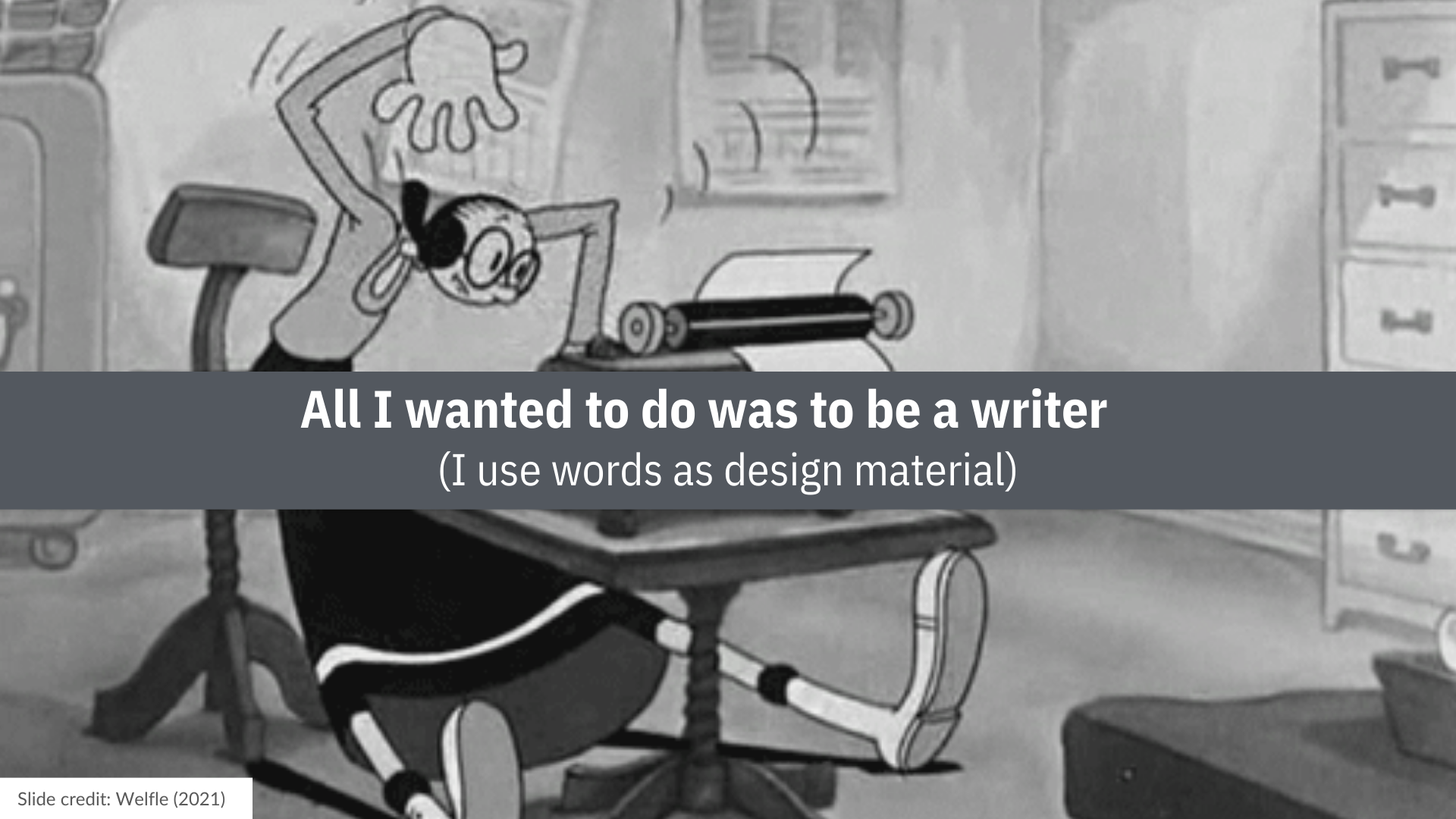
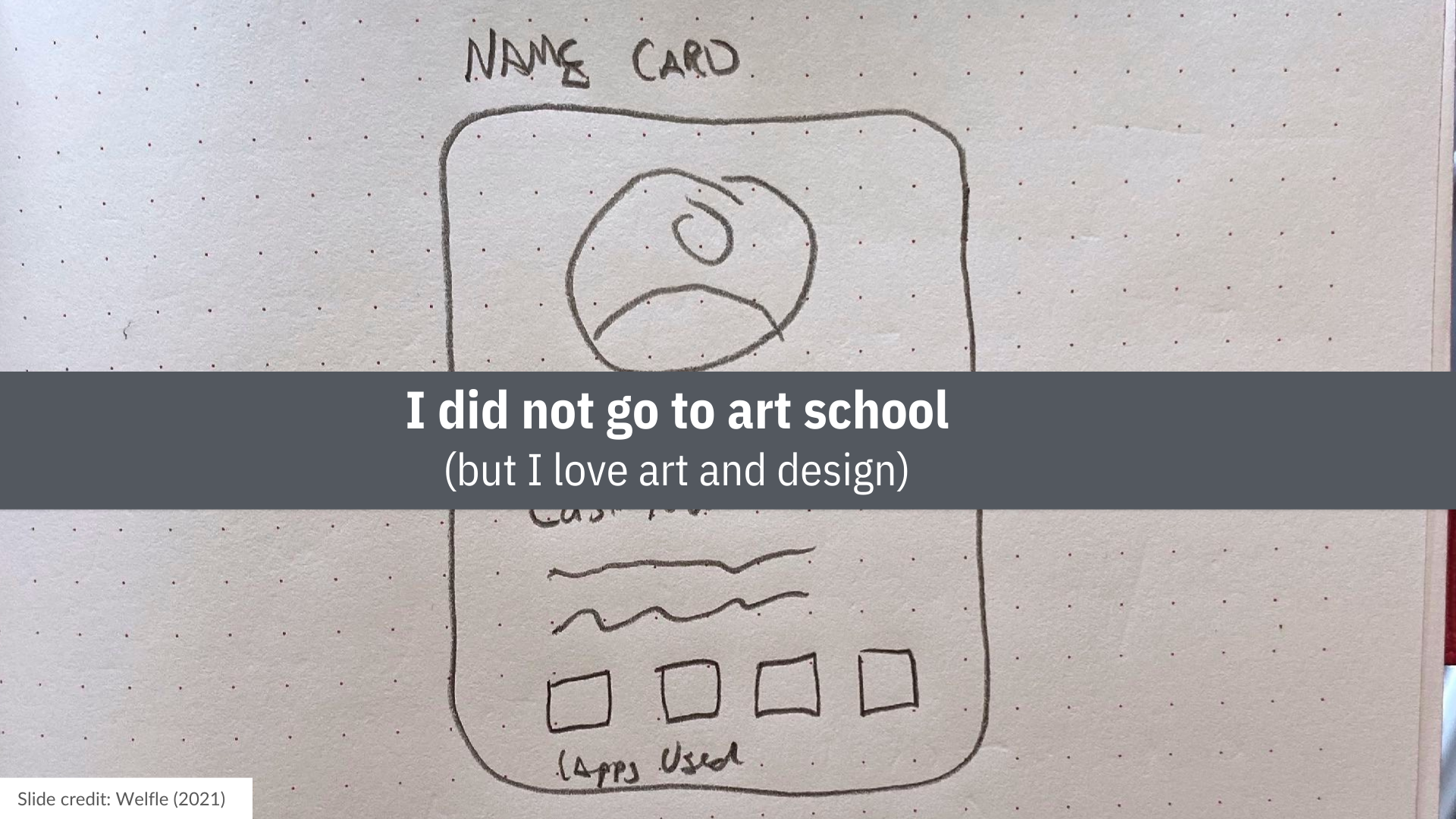
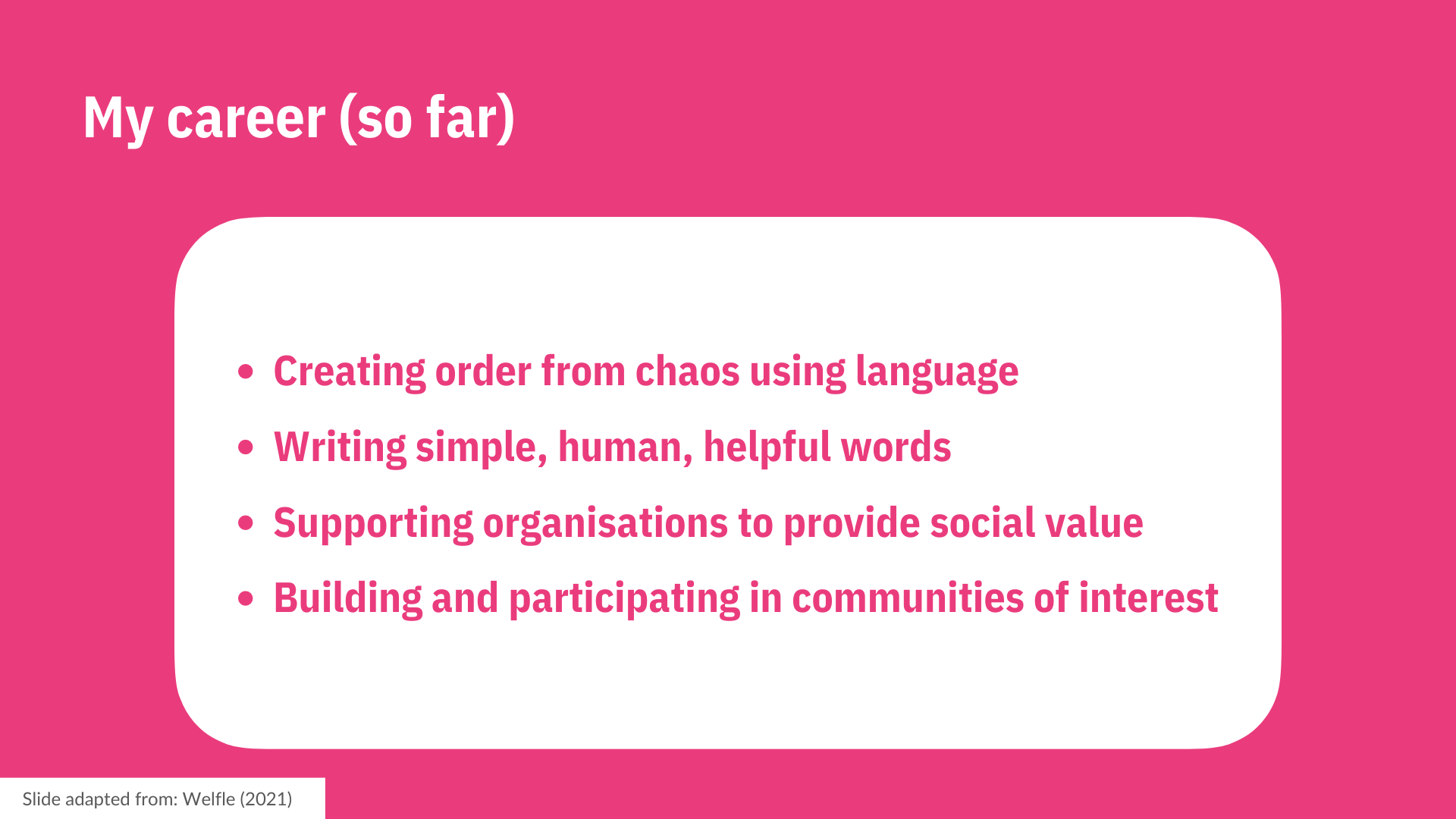
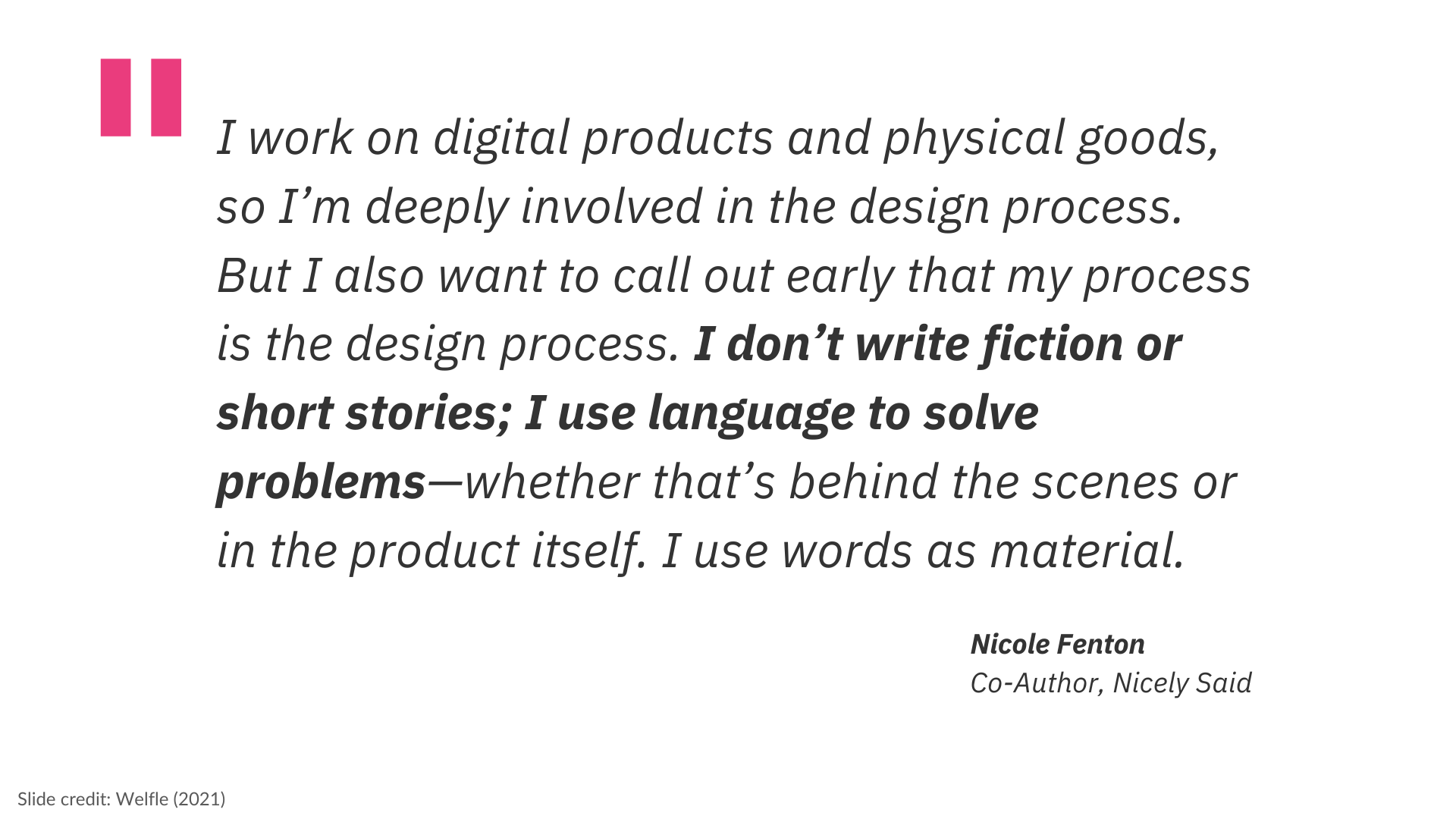

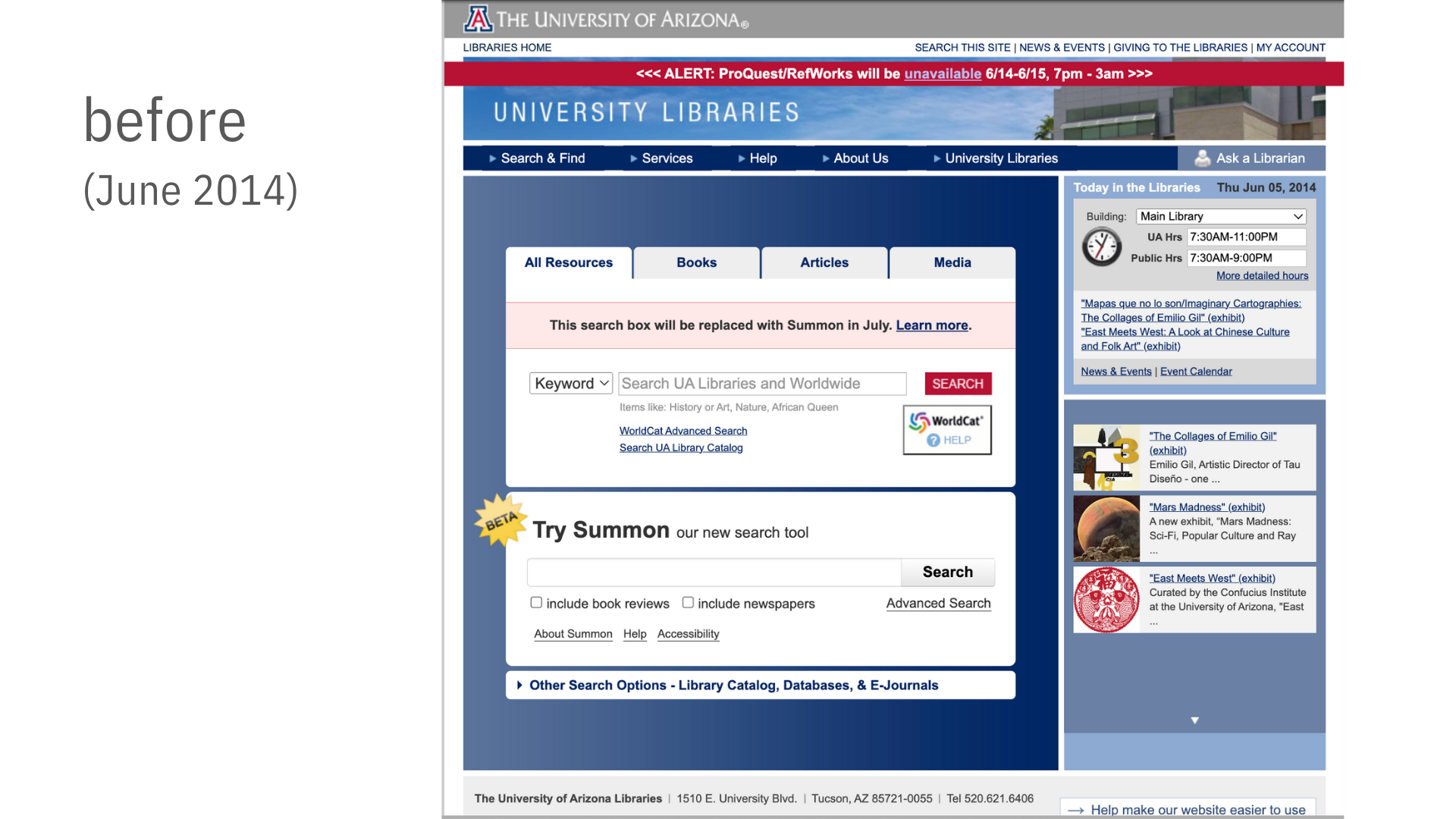
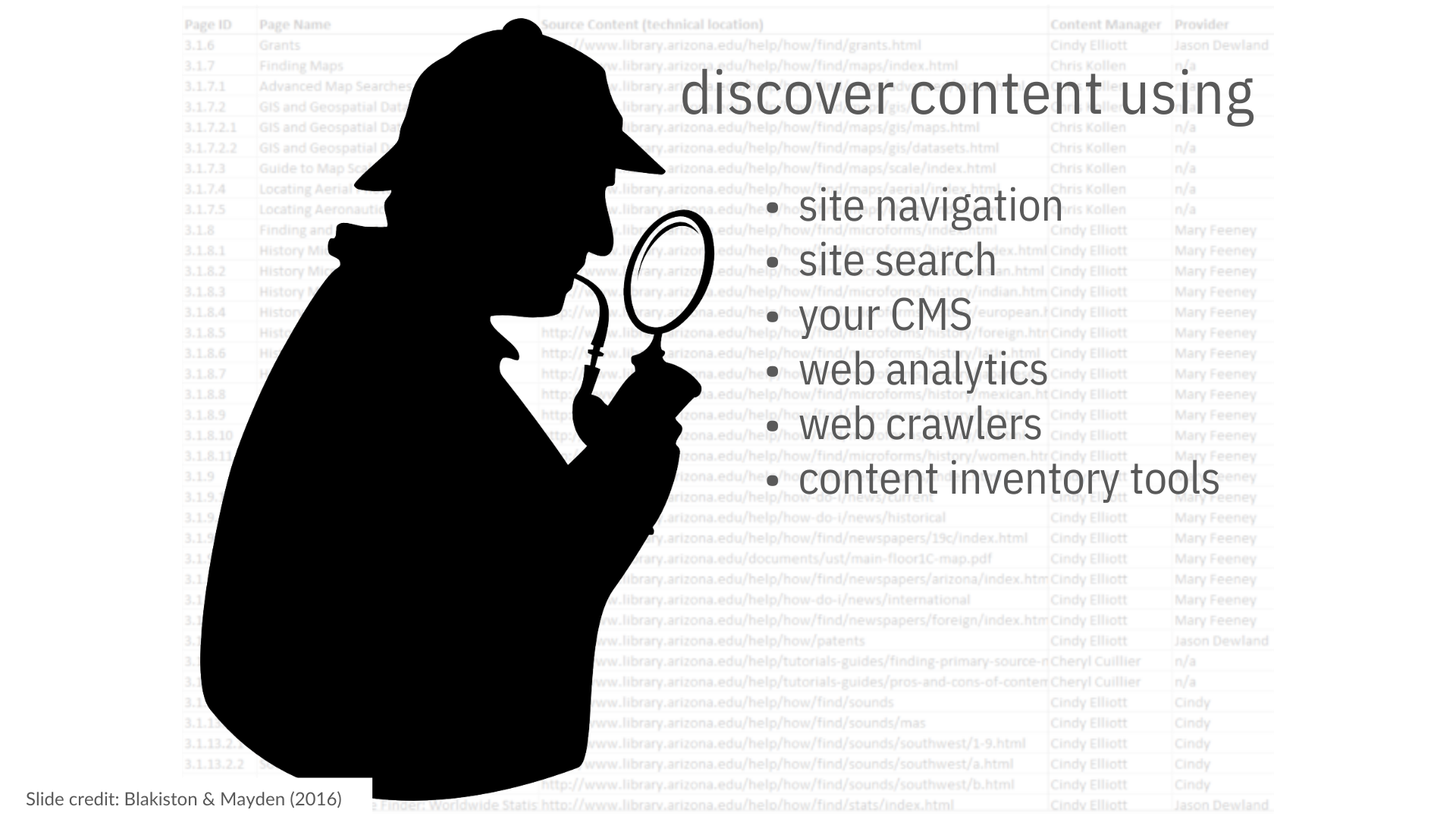
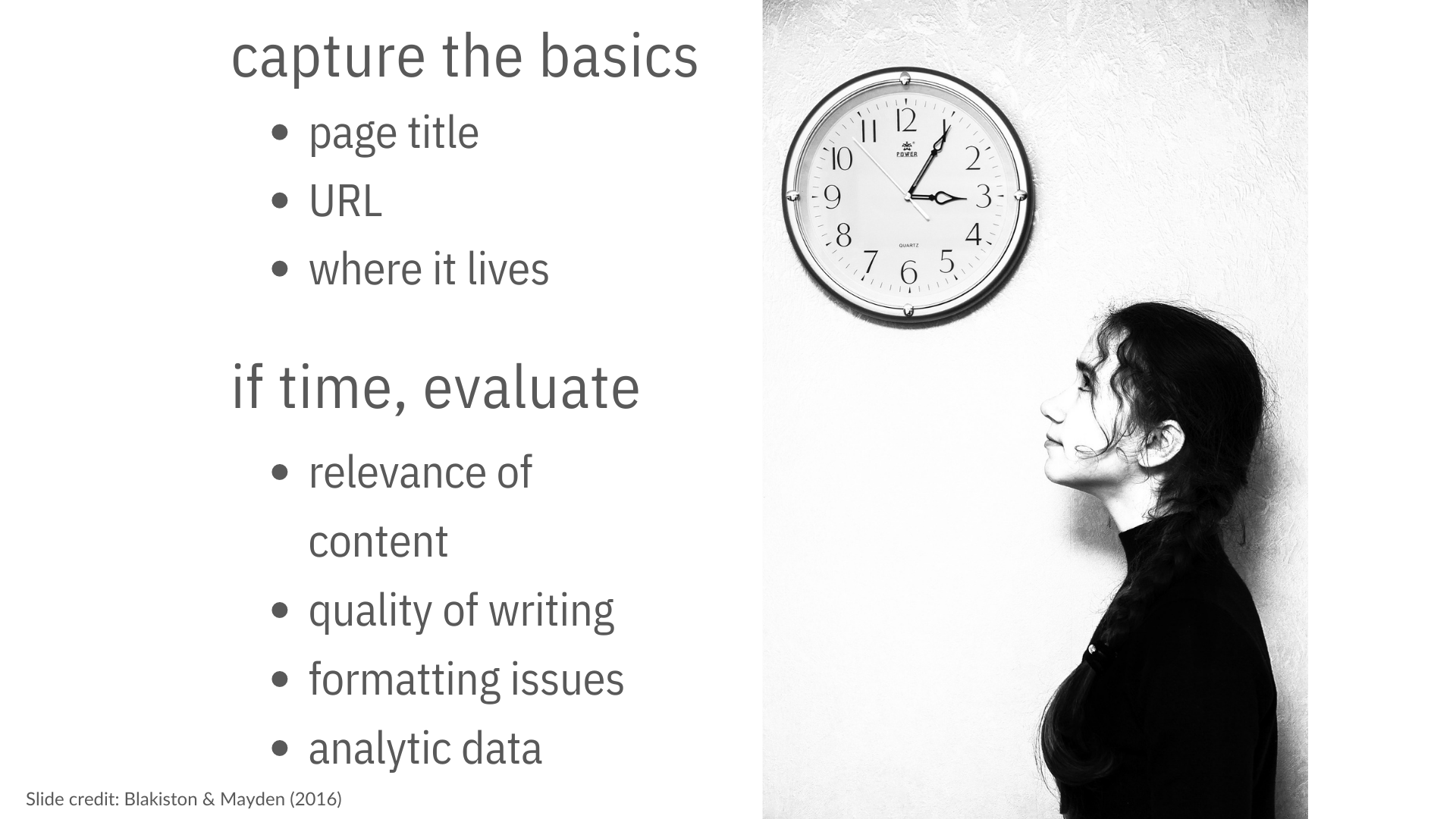
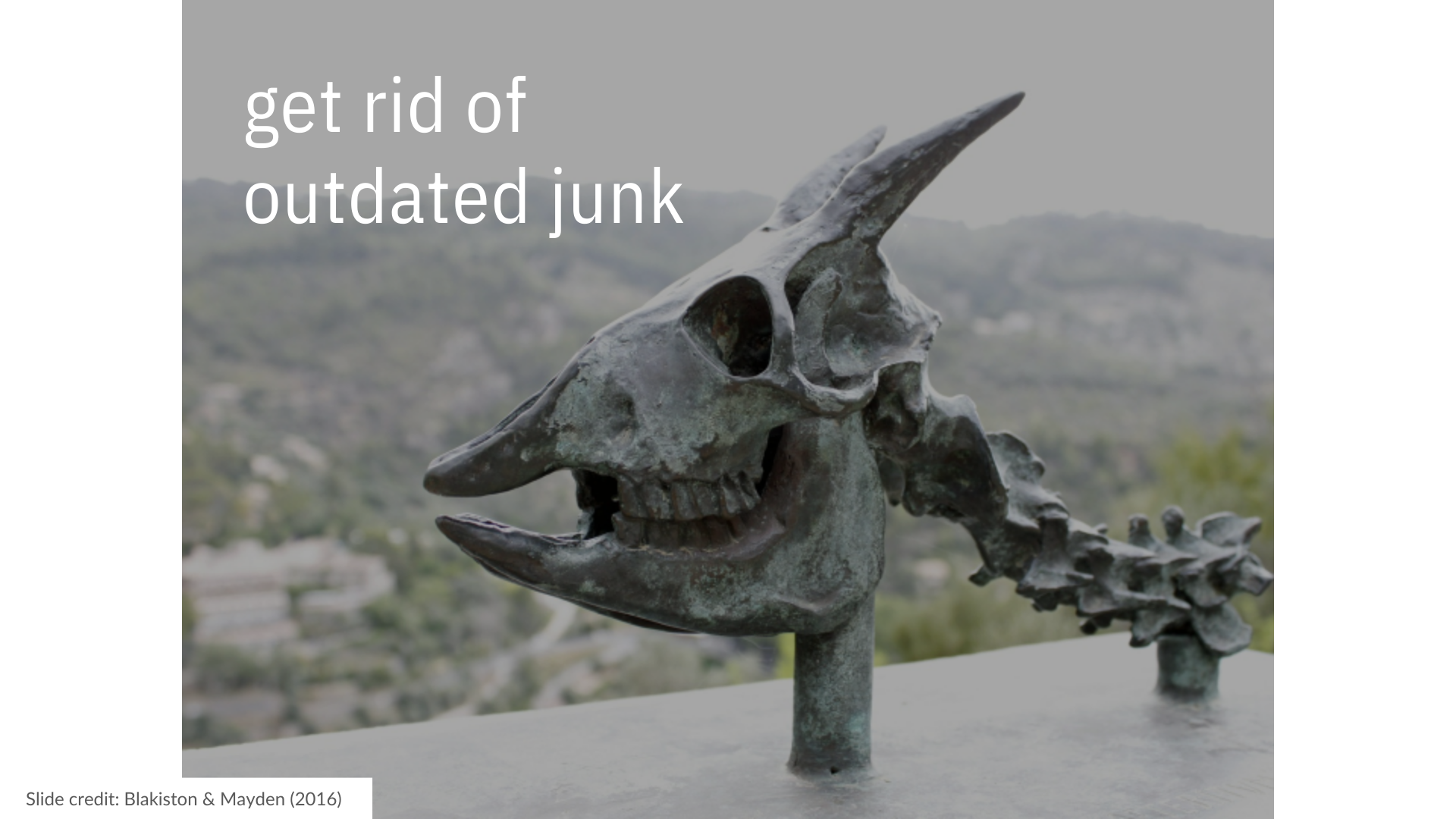
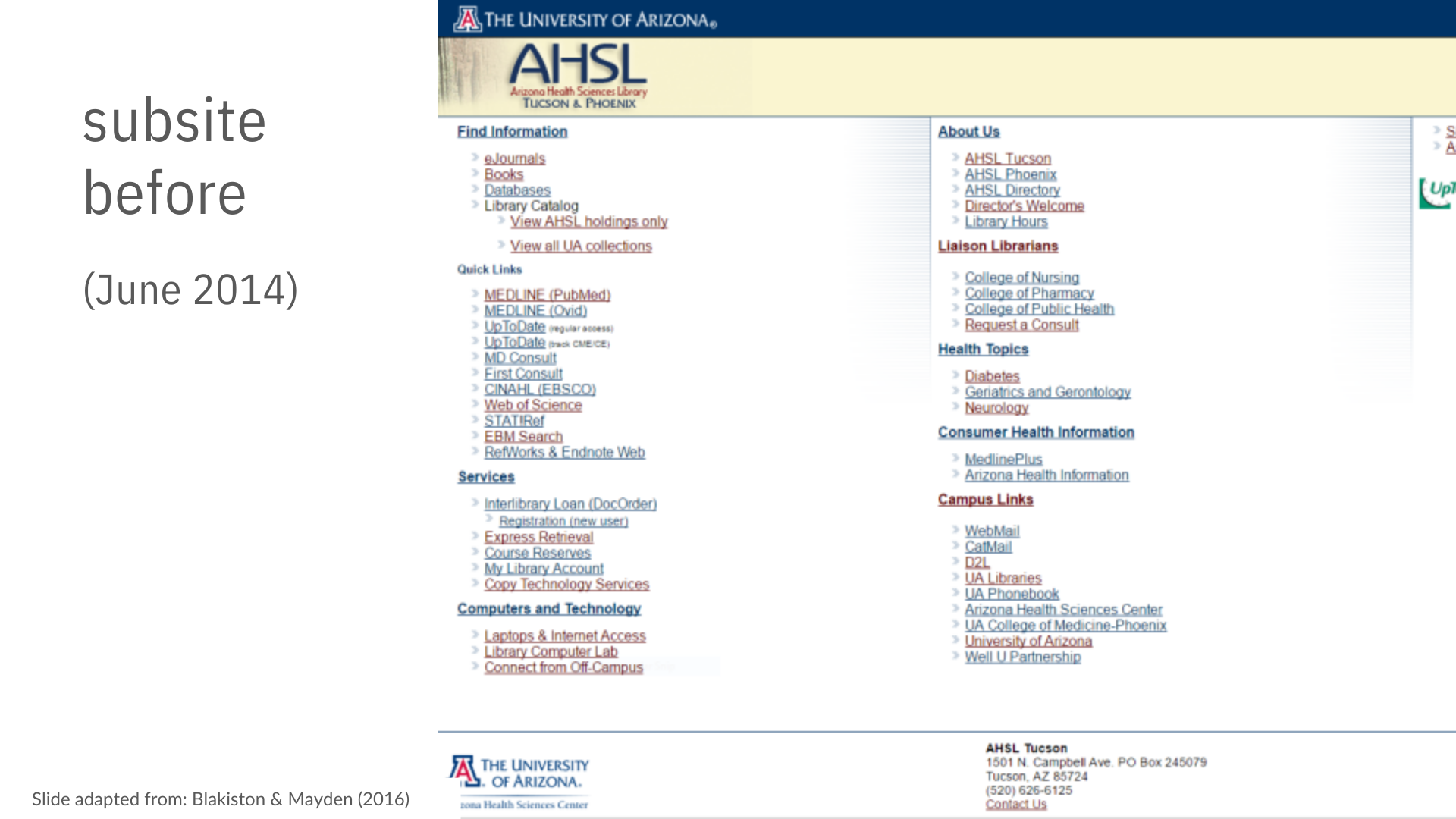

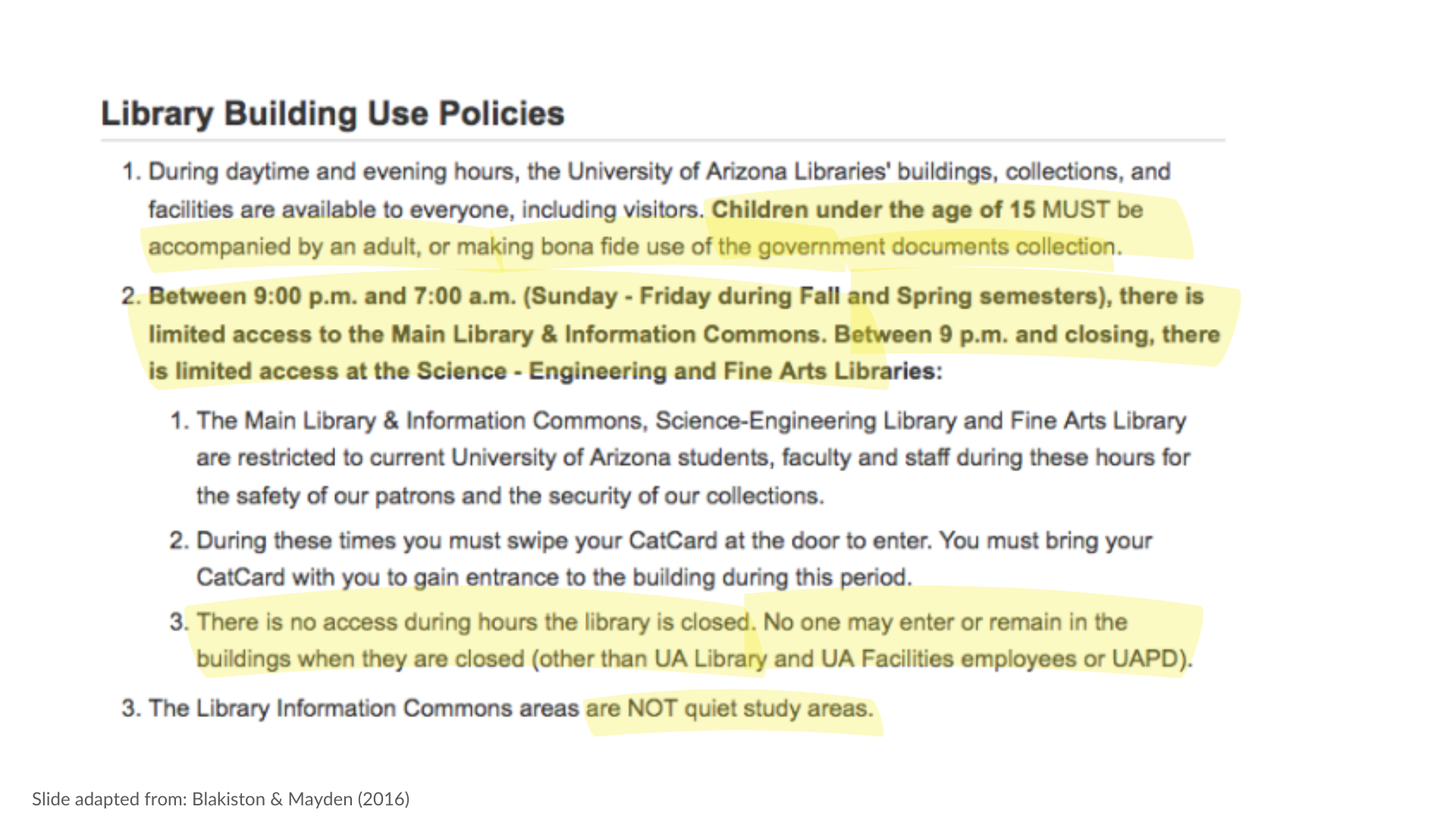
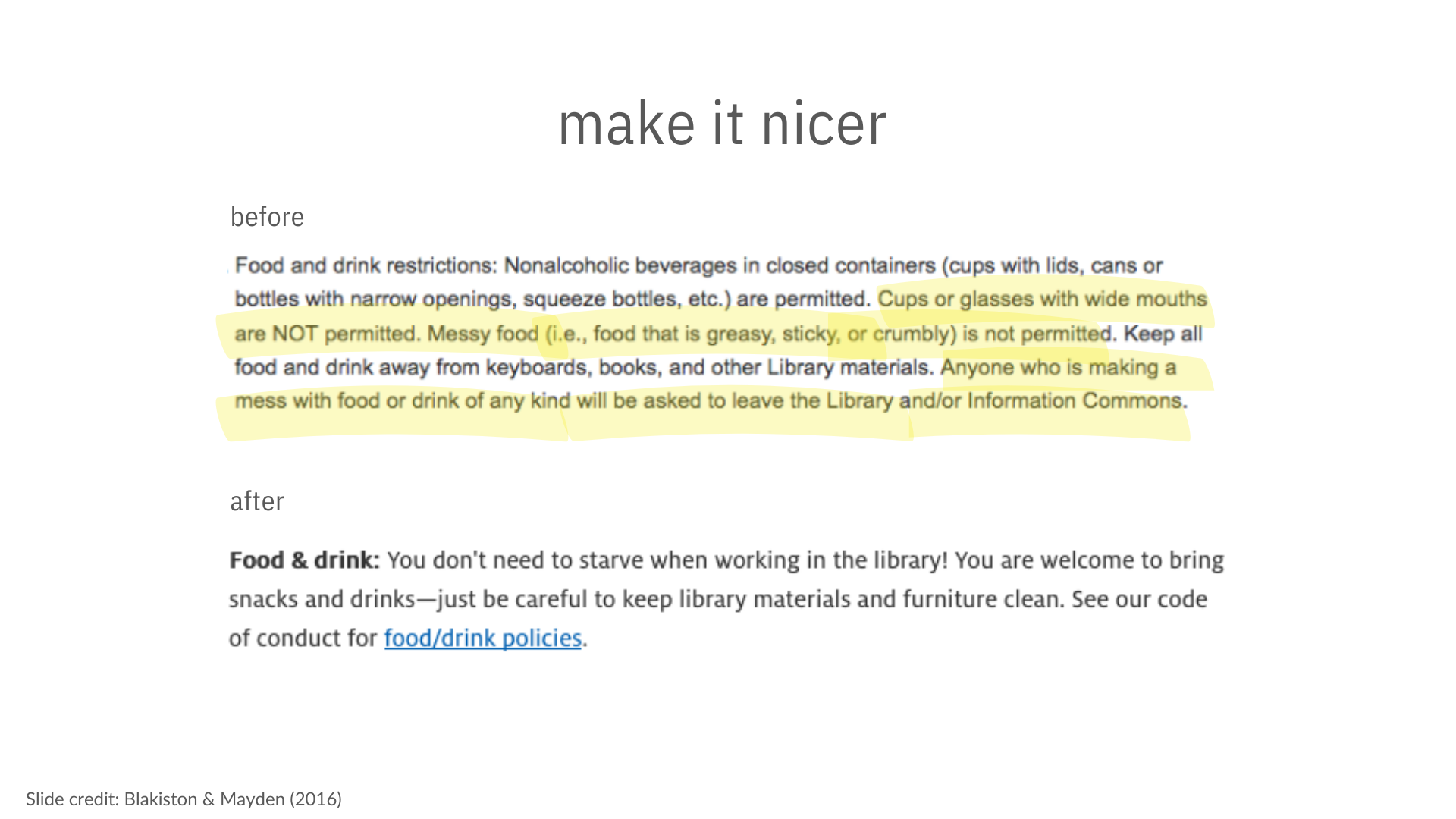
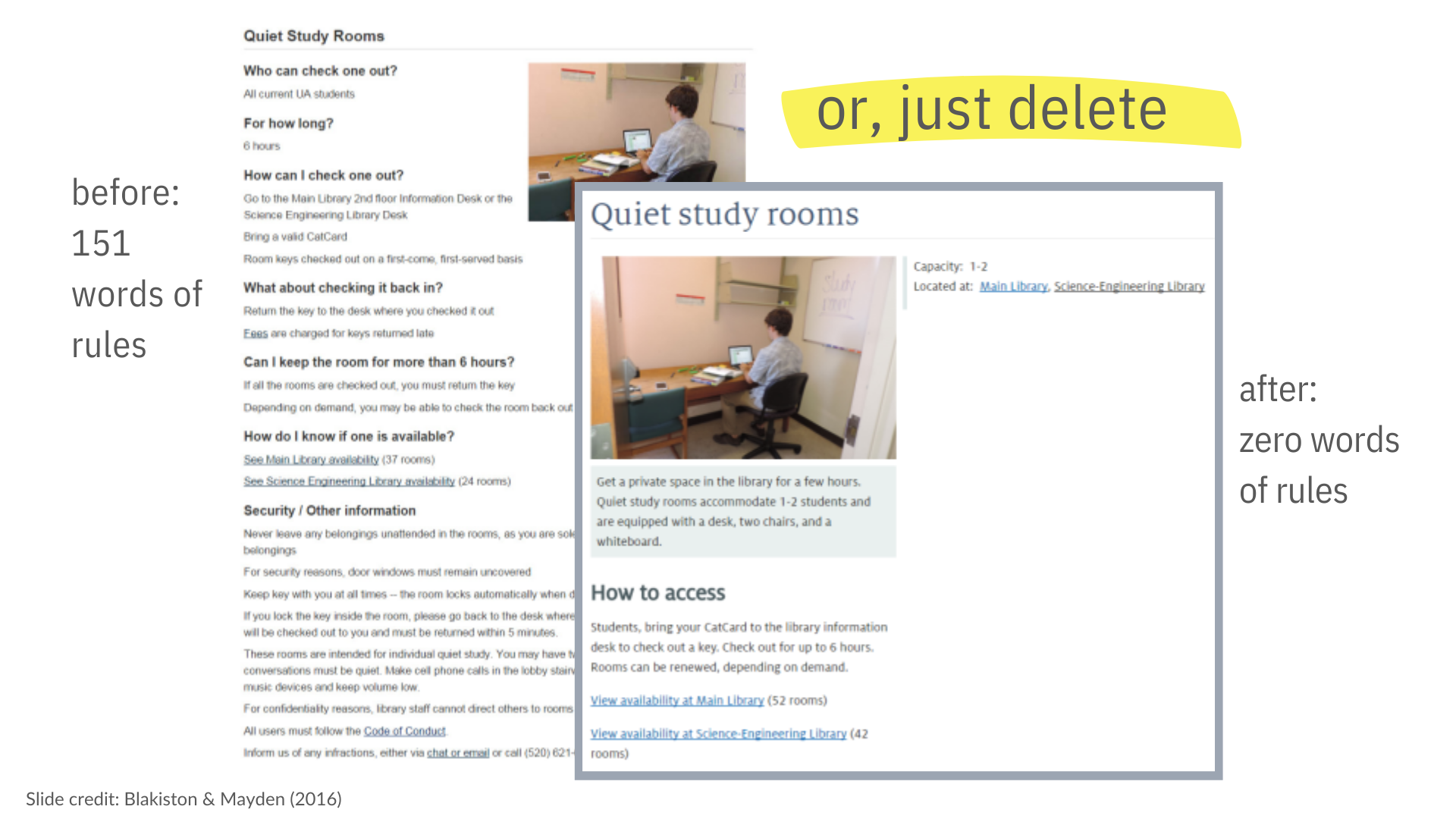

Slide deck adapted from work by Rebecca Blakiston (University of Arizona Libraries), used with permission.